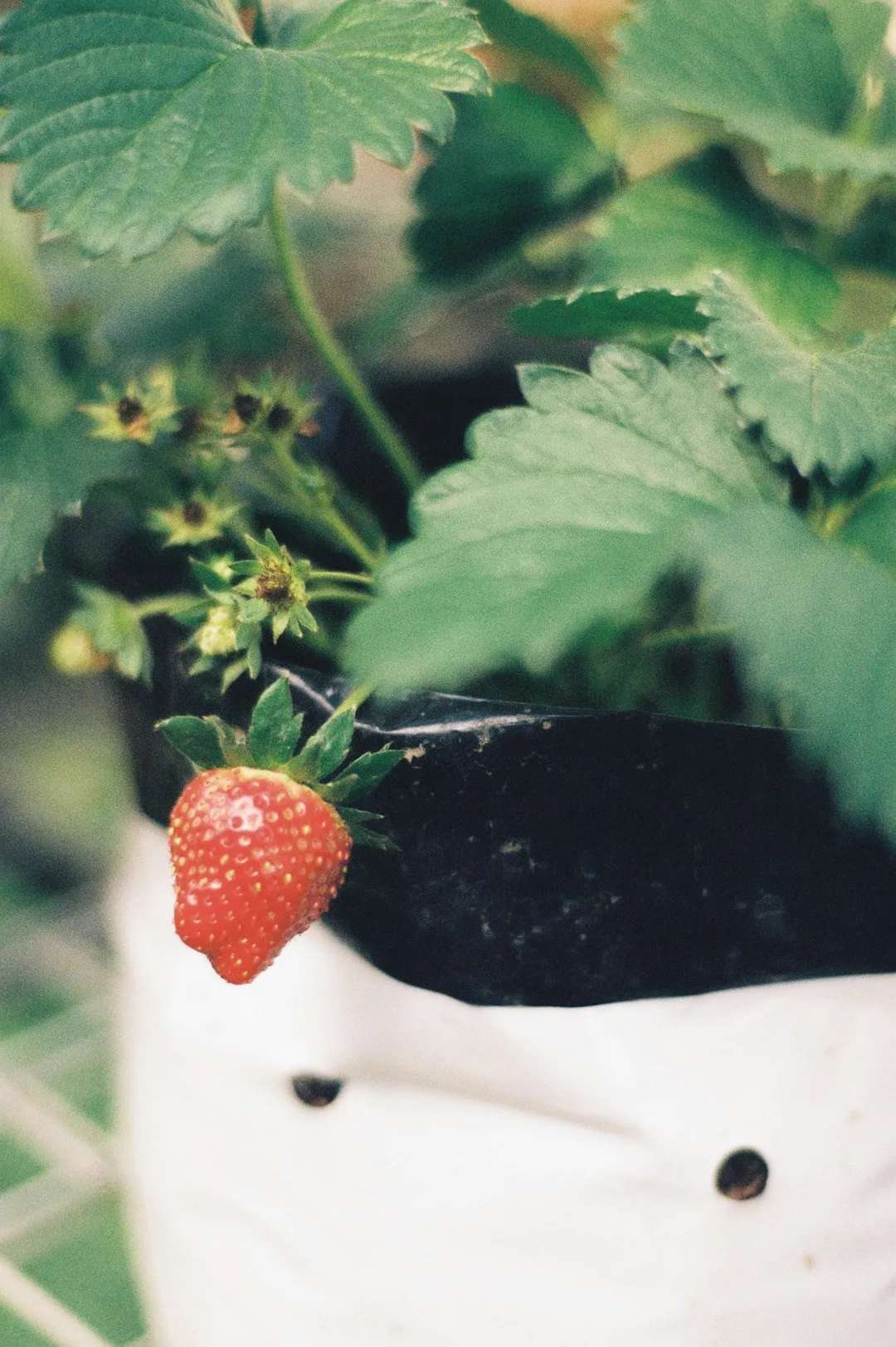The Art of Garlic Curing: A Winter - Ready Guide

Garlic is a staple in many kitchens around the world, known for its pungent flavor and numerous health benefits. Whether you're a seasoned gardener or just starting out, learning how to cure garlic properly is essential for long - term storage. In this step - by - step guide, we'll explore the process of curing both hardneck and softneck garlic varieties, along with some useful harvesting tips to make the curing process a breeze.
First, let's understand the difference between hardneck and softneck garlic. Hardneck garlic typically has a central stalk, known as a scape, which produces a flower. It has a more complex flavor profile and is often preferred by gourmet chefs. Softneck garlic, on the other hand, lacks the central stalk and is more commonly found in grocery stores. It has a milder taste and is easier to braid, making it a popular choice for home gardeners.
When it comes to harvesting garlic, timing is crucial. For hardneck garlic, the best time to harvest is when about half of the leaves have turned brown. This usually occurs in mid - to late summer. Softneck garlic can be harvested a bit later, when about two - thirds of the leaves have browned. To harvest, use a garden fork or shovel to gently loosen the soil around the bulbs. Be careful not to damage the bulbs during this process.
Once the garlic is harvested, it's time to start the curing process. Curing is the process of drying the garlic bulbs to remove excess moisture and develop a protective outer skin. This helps to extend the shelf life of the garlic and preserve its flavor. Start by gently brushing off any excess dirt from the bulbs. Do not wash the bulbs, as this can introduce moisture and lead to mold growth.
Next, gather the garlic bulbs in small bunches and hang them in a well - ventilated area. A garage, shed, or covered porch can be ideal locations. Make sure the area is dry, cool, and has good air circulation. You can also lay the bulbs on a screen or mesh rack to allow air to circulate around them. The curing process usually takes about two to three weeks, depending on the humidity levels in your area.
During the curing process, you may notice that the outer layers of the garlic bulbs start to dry and become papery. This is a sign that the curing is progressing well. Once the bulbs are fully cured, you can trim the roots and the tops of the garlic. Leave about an inch of the stem attached to the bulb. This helps to further protect the bulb during storage.
Now that your garlic is cured, it's time to store it properly. Hardneck garlic can be stored in a cool, dry place for up to six months. You can store it in a mesh bag, a paper bag, or a wooden crate. Softneck garlic, on the other hand, can be stored for up to nine months. It can be braided and hung in a cool, dry place, or stored in a similar manner as hardneck garlic.
Here are some additional harvesting tips to make curing garlic bulbs easier. When harvesting, try to harvest the garlic on a dry day. This helps to reduce the amount of moisture on the bulbs. Also, avoid harvesting garlic when the soil is wet, as this can make the bulbs more prone to mold. Another tip is to leave the garlic bulbs in the ground for a few extra days if the weather is dry. This allows the bulbs to further mature and develop a stronger flavor.
In conclusion, curing garlic is a simple yet important process that can help you enjoy fresh, flavorful garlic throughout the winter. By following these steps and tips, you can ensure that your garlic bulbs are properly cured and stored for long - term use. Whether you're using it in your favorite recipes or sharing it with friends and family, home - cured garlic is a delicious and rewarding addition to your edible garden.
So, roll up your sleeves, head out to your garden, and start the process of curing your garlic. With a little patience and care, you'll be able to savor the taste of your home - grown garlic all winter long.